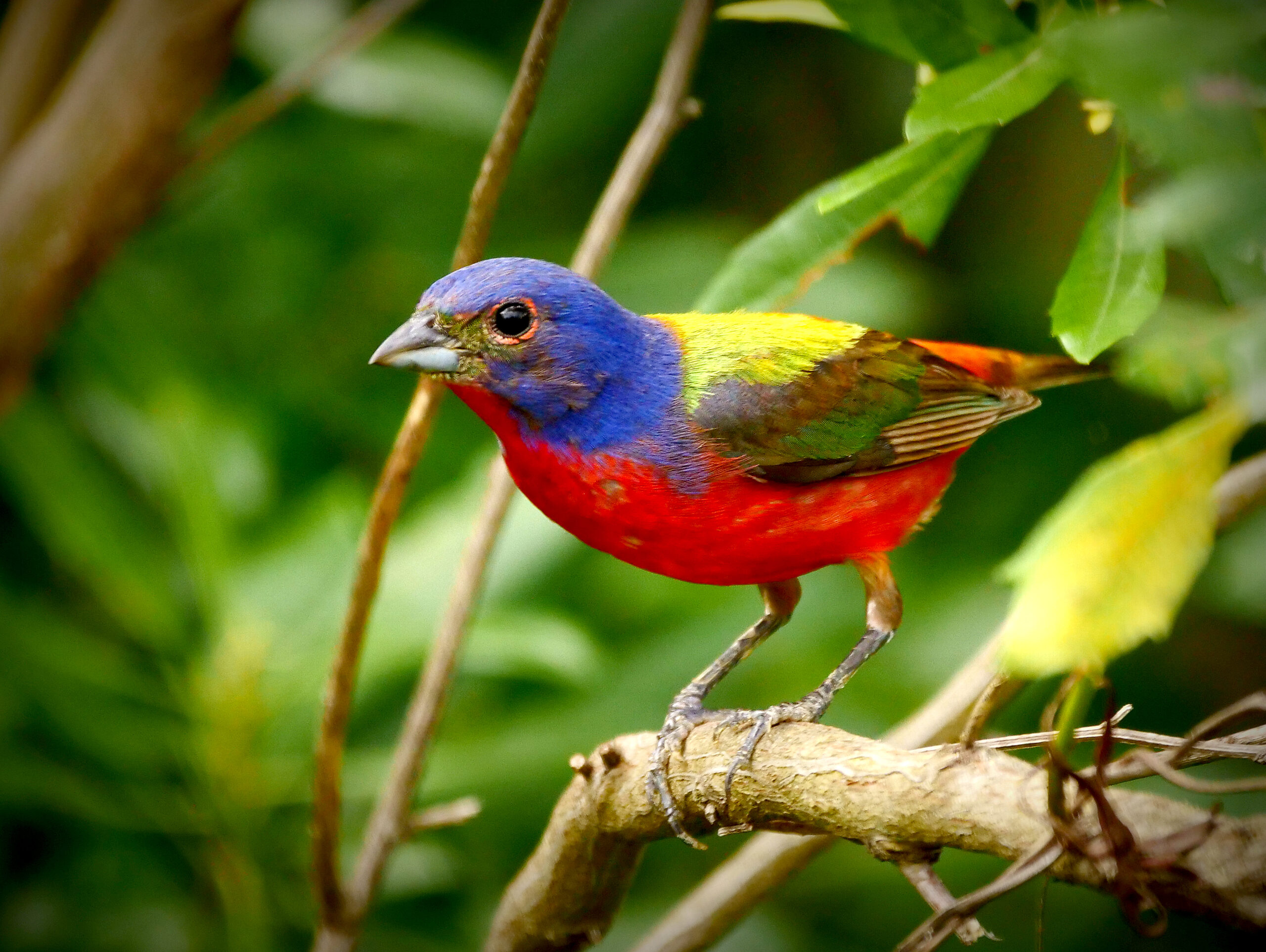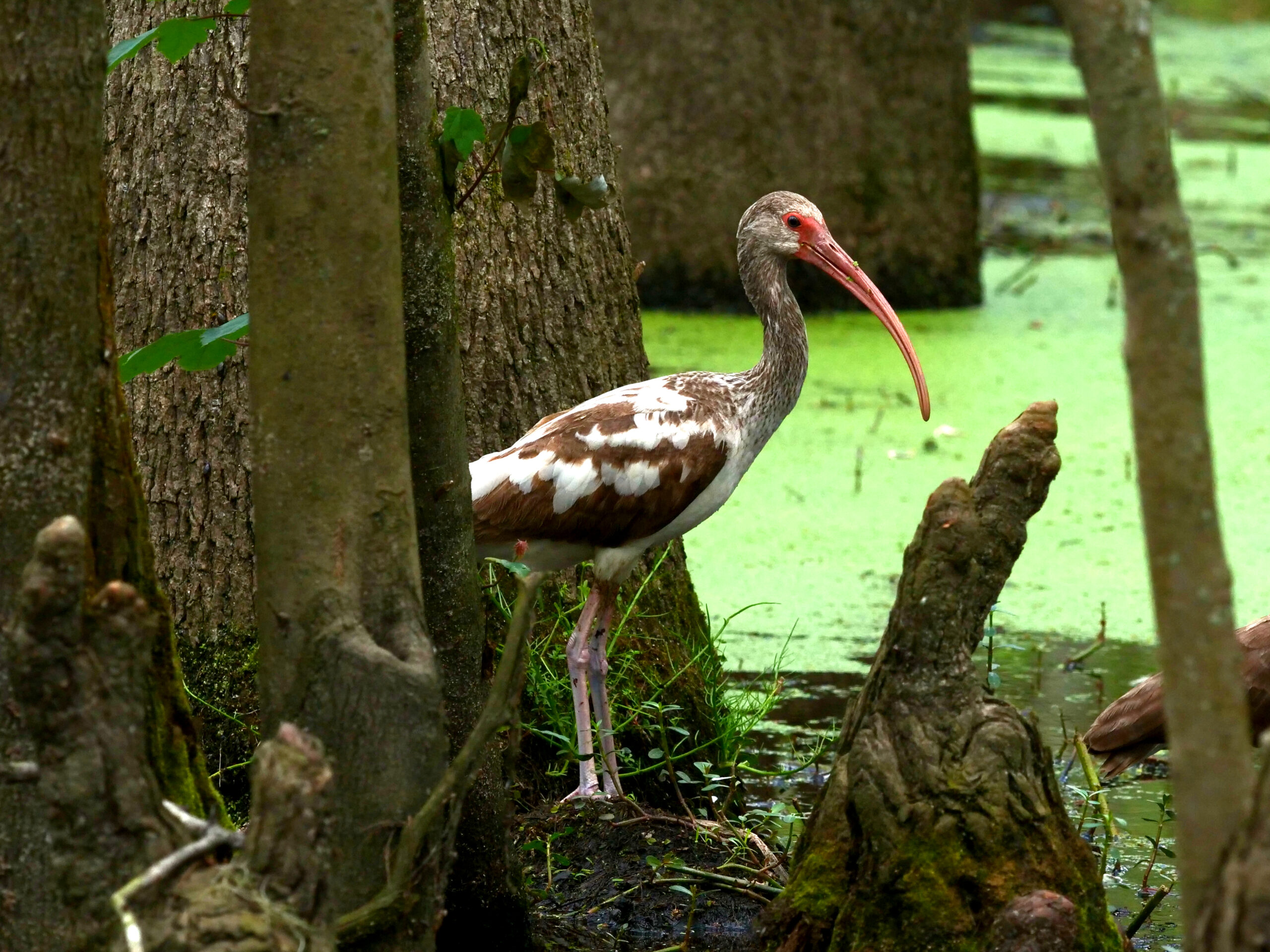“Birds fly south for the winter.”
It’s an axiom you just know, kind of like, “the sun sets in the west” and “never give the kidnapper the ransom money.”
But in Louisiana, flying south for the winter isn’t just a social maxim. The state’s advantageous geography makes it a critical pitstop for migratory birds. Lush, tree-filled woods in certain parts of the Bayou State are a welcome respite for avian species crossing the Gulf of Mexico on their southbound flight to Central and South America in the fall, and the return trip in the spring. Educating the public about Louisiana’s important relationship with migratory and native birds is the role of the Baton Rouge Audubon Society, the all-volunteer organization that celebrates its 50th anniversary this year.
|
|
|


Not to be confused with the Audubon Nature Institute in New Orleans or the Audubon State Historic Site in St. Francisville, BRAS is one of approximately 510 local National Audubon Society chapters across the United States, each of which is charged with education and outreach concerning the well-being of America’s feathered friends.
The nonprofit offers monthly and quarterly bird walks, educational programming and the annual Audubon Christmas Bird Count, a national day for documenting the number of species in a given area.
With more than 300 members, BRAS is notable not just for its work in promoting Louisiana’s ornithological wonders, but also for its major conservation efforts in the state.
Rooted in activism
The National Audubon Society was founded in 1905 by two Boston socialites eager to put a stop to the plumage trade, then responsible for the slaughter of countless birds, including the snowy egret, for use in the fashion industry, particularly women’s hats.
Similarly, BRAS is rooted in conservation. In 1974, a small group of environmentalists founded the chapter to help protect the Atchafalaya Basin.
One of those founders was acclaimed Louisiana wildlife photographer and author C.C. Lockwood.

“The motivation was environmental,” Lockwood says. “Those were troubled times for the Atchafalaya Basin.”
In fact, much of the 20th century had been tough on the Atchafalaya. Following the flood of the Mississippi River in 1927, the Army Corps of Engineers had built structures rerouting the river through the basin, resulting in an unnatural buildup of silt that caused dramatic changes to the basin’s breadth and flow. It had also been pock-marked with transportation channels dug by oil and gas companies. And in the early ’70s, a small number of landowners wanted to see parts of the basin drained to yield additional farmlands, a move that further threatened its health, Lockwood says.
Local environmentalists joined forces with groups like the Orleans Audubon Society and the Sierra Club to prevent the drainage. They realized establishing an Audubon Society in Baton Rouge, the state’s political center, made sense.
BRAS raised awareness about the Atchafalaya through canoe and kayak “sit-ins.” The slogan at the time was, “Atchafalaya Wet, Wild and Free,” Lockwood says.
Their efforts paid off. Lockwood says they successfully kept the basin lands from being drained that year, although fighting for its protection has been ongoing.

Landing places

Another of the chapter’s biggest accomplishments was establishing the 40-acre Peveto Woods Bird and Butterfly Sanctuary in 1984, one of the last remaining oak cheniers, or groves, on the Gulf Coast.
Today, Peveto Woods in Cameron, Louisiana, is a well-known birding destination among global enthusiasts who track migration, searching for colorful songbirds and other species. Birders feel like kids in candy stores at such sites, which amass elusive creatures by the gross.
“Peveto Woods is visited by thousands of people and millions of birds every year,” says Jane Patterson, BRAS president. “It’s on the list of many birders from around the world.”
 In the 1980s, the land surrounding Peveto’s chenier had been sold off for development, prompting a group of concerned citizens in the area to buy remaining tracts. They donated the land to BRAS, which has been its steward ever since.
In the 1980s, the land surrounding Peveto’s chenier had been sold off for development, prompting a group of concerned citizens in the area to buy remaining tracts. They donated the land to BRAS, which has been its steward ever since.
“Those little groves of live oaks are so important for migratory birds,” Patterson says. “They’ve just flown 600 miles across the Gulf, and they’re hungry. They need a place to rest, and they see this little spot of green and stop over.”
In the early ’90s, past BRAS president Gary Noel Ross, a research scientist specializing in butterflies, encouraged the chapter to expand the sanctuary’s focus to include butterflies, which pass through Louisiana on their way to Mexico. More recently in 2020, BRAS also established the 36-acre Amite River Wildlife Sanctuary in Ascension Parish. Volunteers cut and marked trails and erected interpretative signage that educates the public about the sanctuary’s native flora and fauna.
“People in Baton Rouge appreciate that it’s close,” says Patterson, who teaches birding classes, including ones for kids at the sanctuary and other locations. “We keep records of what birds we’re seeing and encourage people to add to those lists and just make it sort of a nature education spot.”
|
|
|
Patterson says she’s proud of the work BRAS has accomplished in encouraging regional residents to stop and smell the roses—or, in this case, spot the birds.
“Louisiana is just such a great place to experience birding,” she says. “A lot of people don’t realize it.” braudubon.org
This article was originally published in the September 2024 issue of 225 Magazine.





